Growing foxglove perennial: recommendations for planting and care
Many people are familiar with the perennial foxglove inflorescences - graceful ears with drooping bells. Everyone can grow this plant from seeds: it is undemanding to soil, lighting, it takes root well next to other plantings. Such a flower is often used in landscape design to decorate multi-tiered flower beds, reservoirs, rocky areas and as a frame for various elements.
Plant characteristics, popular varieties
Foxglove is a herb from the plantain family. The plant's Latin name, Digitalis, translates to "thimble". Foxglove is distinguished by its unpretentiousness and high decorative effect; in natural conditions, it grows along water bodies and in rocky areas. The flower withstands winters and short summer droughts. Height varies from 0.3 to 1.5 m. It has a powerful stem, decorated with a spike-shaped inflorescence.
A popular type of foxglove for the site is purple. It is grown as a biennial. Varieties of purple foxglove:
- Alba is the owner of white flowers;
- Dwarf Red - a variety with rich red flowers;
- Mirabela is a delicate variety with iridescent shades of pink and cream.
In addition to the purple foxglove, species such as large-flowered, small-flowered, rusty, woolly, and yellow are cultivated. They all differ in both shades of flowers and the height of the bush. Growing and grooming is generally similar for all species.
Sowing
Foxglove seeds are a small scattering of brown grains. Their germination capacity lasts for 2-3 years. You can collect planting material yourself: after flowering, boxes are tied on the bushes.
They ripen unevenly, so the collection takes some time. The shade of the box indicates that the seeds are ready: it should turn brown or yellow. Then they are cut and dried, after which the seeds are removed. The scatter is stored in a place protected from heat, light and moisture.
Advice! The lower the capsule is on the stem, the higher the quality of the seeds.
Sowing rules:
- The fresher the material, the higher the germination, so label the bags with self-harvested seeds and check the expiration date with the purchased ones; give preference to material collected in the current or last year.
- Soak digitalis seeds in water for a week before planting. The water must be replaced with fresh water every 6 hours. Seeds do not need stratification - ordinary soaking accelerates the emergence of seedlings.
- The soil should be selected loose, we recommend passing it through a sieve or mixing with sand.
- Spread the seeds in rows and sprinkle lightly with sand or peat. You do not need to bury them. To accelerate growth, treat crops with a stimulant solution.
- Cover the drawer with a clear lid or plastic wrap.
- The first entries should appear after a couple of weeks. Remove the cover immediately.
To obtain plants already this season, sowing is carried out from the end of March to mid-April. If the seeds are planted in September, then a warm place for wintering should be provided for the box, for example, an insulated balcony.
Foxglove reproduces well by self-seeding. Growing from seeds is practiced when breeding new varieties, as well as for creating large compositions in the garden.
Seedling care
Foxglove seedlings develop very slowly. With the appearance of two true leaves, young shoots need to dive, leaving the strongest ones. Seedlings are moved into separate containers or a common wide box.A drainage layer is placed at the bottom, and a loose soil mixture is placed on it. The minimum distance between shoots is 10 cm.
The boxes are stored in a well-lit place, but the sprouts should not be exposed to direct sunlight. Drafts are also harmful to young foxgloves.
Seedling care consists in maintaining a moderate soil moisture. It is watered immediately after drying, then be sure to loosen it slightly so that air flows freely to the root system. Mulching will help maintain normal soil moisture.
Fertilizers are applied 5 days after the pick. As the first feeding, take a solution of ammonium nitrate: 1 m2 - 15 g of substance and a bucket of water. Subsequently, liquid mineral complexes are added every 10 days.
Outdoor transplantation and care for an adult plant
Relocation of foxglove seedlings into open ground is carried out with the onset of stable heat - at the end of May or June. Flowering occurs in mid-summer and lasts until autumn. Each seedling should have at least 5-6 leaves by the time it is moved to the site.
For 1-2 weeks before transplanting, the seedlings must be hardened. This is a necessary procedure for digitalis to adapt faster. Boxes with seedlings are taken out daily. Hardening begins at 2-3 hours, gradually increasing the time and bringing it to full daylight hours.
How to transplant plants correctly:
- The place for further cultivation can be either in the sun or in partial shade.
- The soil needs to be selected loose enough, since the foxglove does not tolerate stagnant moisture. At the bottom of the planting holes, lay a drainage layer of expanded clay or broken brick.
- Before planting, the soil should be improved by adding compost. Then dig up the area, apply fertilizer to the soil at the rate of 4-5 kg per 1 m2.
- Dig holes that are commensurate with the root system of the seedlings. Leave a small distance between the rows and holes for planting foxgloves - 20-25 cm.
- Finally, carefully remove the clod of earth from the box, move it to the hole, and sprinkle with soil immediately.
- After transplanting, compact the area and water.
How to care for an adult plant outdoors:
- Watering is required only during dry periods. If the weather is rainy, then the foxglove will have enough moisture from precipitation.
- After each irrigation, the topsoil must be loosened. Proceed with caution as the flower's root system is close to the surface.
- Once or twice a season, liquid mineral fertilizer should be applied along with watering.
- If some roots protrude above the soil level, dig in to prevent them from dying in the winter. In the fall, it is better to cut off all wilted flower stalks, and sprinkle the bush itself with dry leaves, sawdust or cover it with spruce branches. Young plantings especially need protection.
- In the spring, to preserve the decorative effect of the bush, remove the accumulating moisture from the melting of precipitation from it. Otherwise, flowering will be small and inexpressive.
Advice! During budding, all wilted flowers and inflorescences can be removed. So the foxglove will remain decorative throughout the summer and bloom until autumn.
Growing problems
The flower is susceptible to fungal diseases: powdery mildew, root rot, mosaic. At the first sign of infection, all damaged parts must be removed. The plant can only be saved in the early stages of the disease. If most of the bush is damaged, it is simply dug up and burned so that neighboring plantings do not suffer. In any case, the soil must be treated with a solution of a fungicide - an antifungal agent.
Aphids are a pest that often settles on the foxglove. This insect spreads dangerous viral diseases, so you need to get rid of it immediately and using reliable methods. Treatment with insecticide preparations such as "Antitlin" and "Biotlin" is suitable.
Interesting about the plant
All foxgloves are poisonous, so the flower is not grown in places accessible to animals and children.Some species are considered medicinal. Glycosides accumulate in the leaves of the plant - they are useful in the treatment of cardiovascular diseases. Also, foxglove was used by folk healers as a remedy for diarrhea, vomiting, epilepsy was treated for it. Infusions from plant leaves, if used improperly, can cause poisoning and even be fatal, so they are taken strictly under the supervision of a doctor and in case of special need.
Growing digitalis from seeds is available to all gardeners, even beginners. She has good germination, and seedlings and adult plants do not require special care. If the minimum rules are observed, ornamental plants with spike flowers grow on the site. Bright varieties of perennial foxglove can serve for the original design of the site.
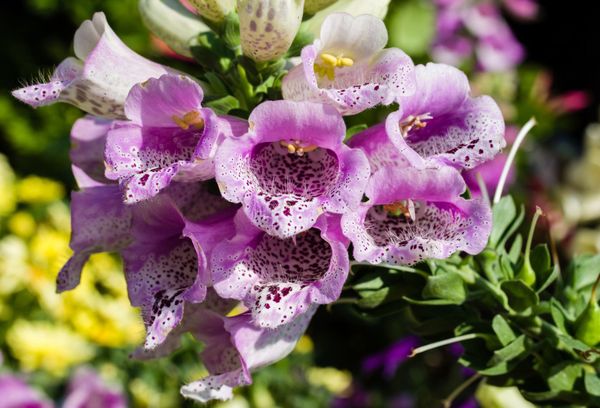
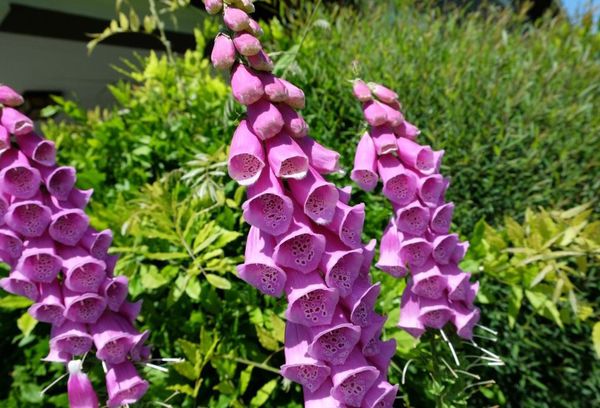
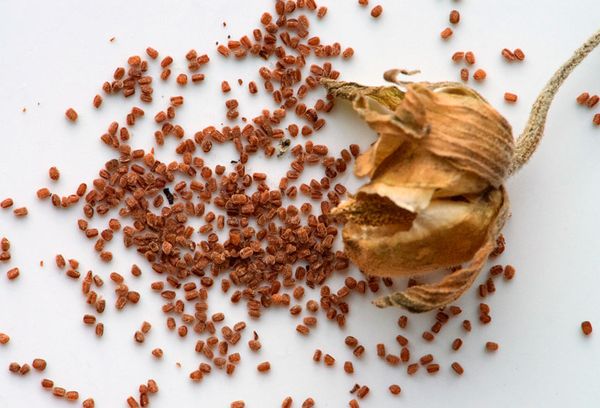


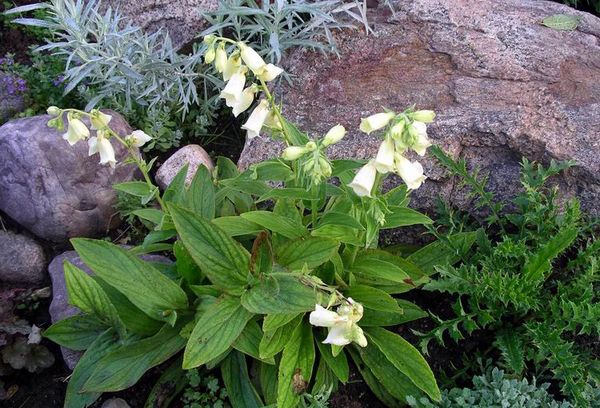



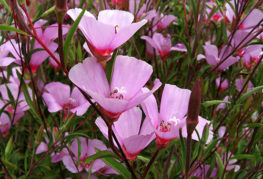


and will be published shortly.